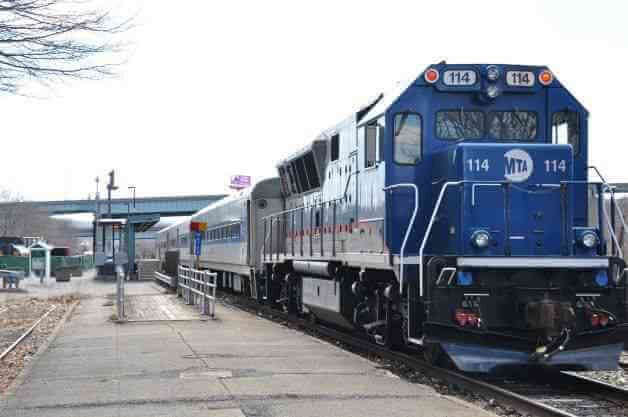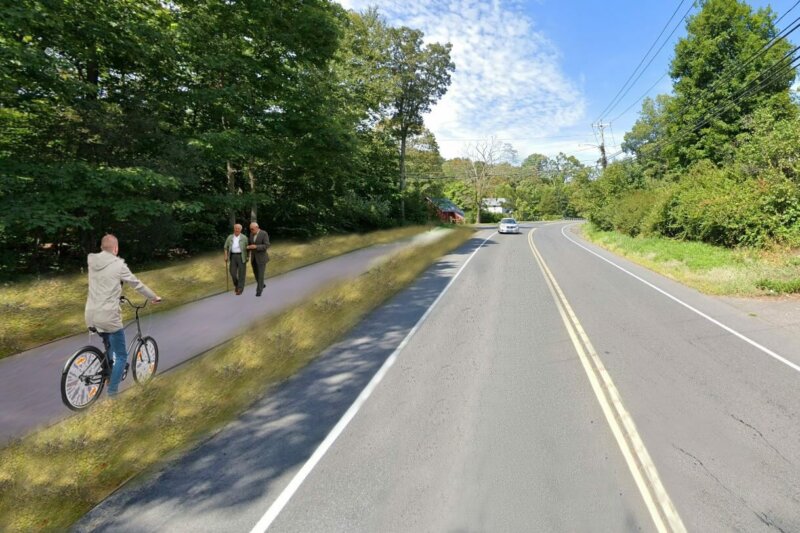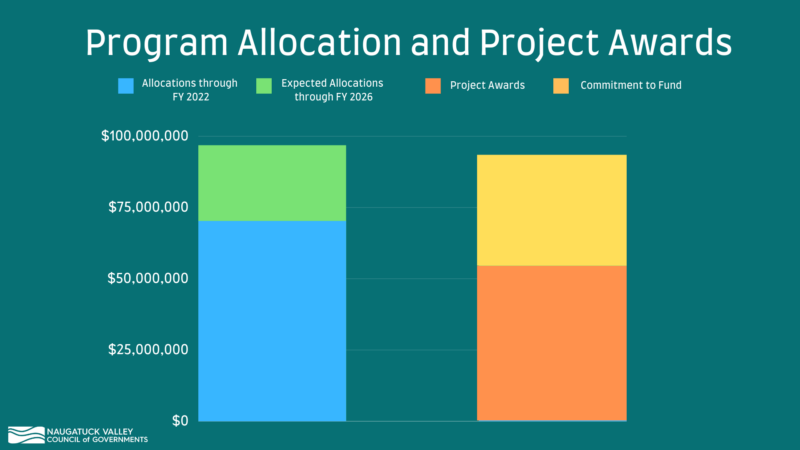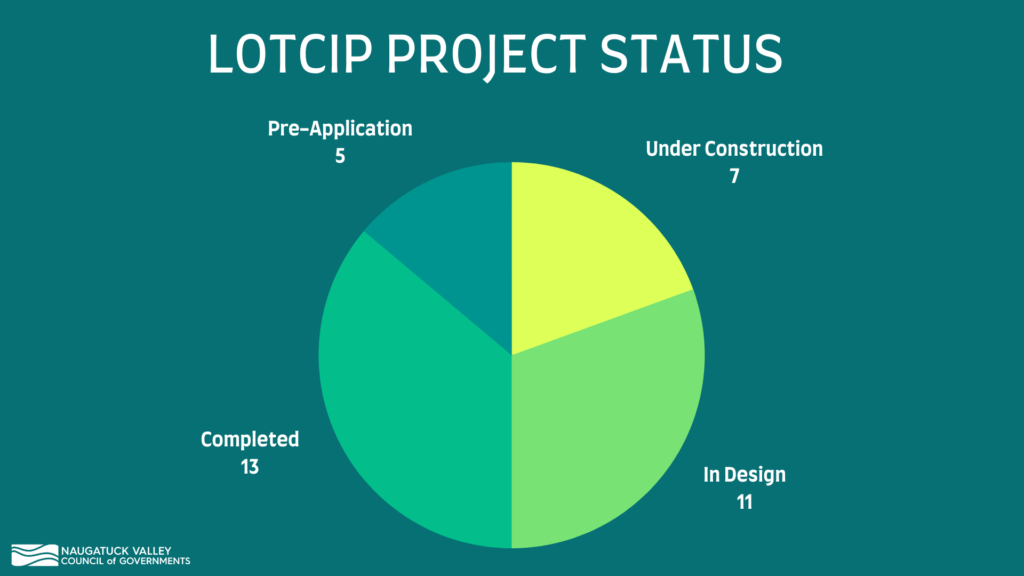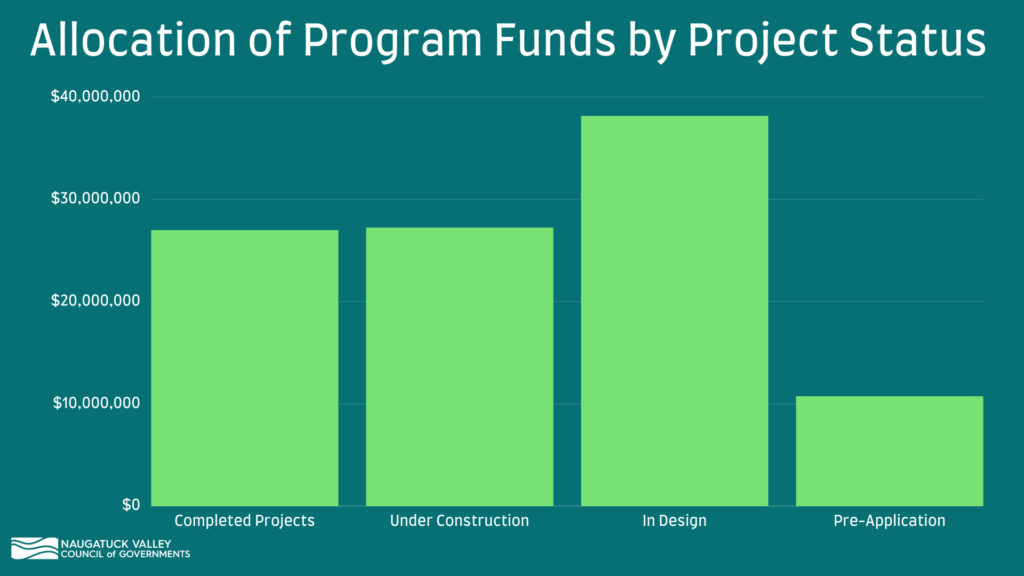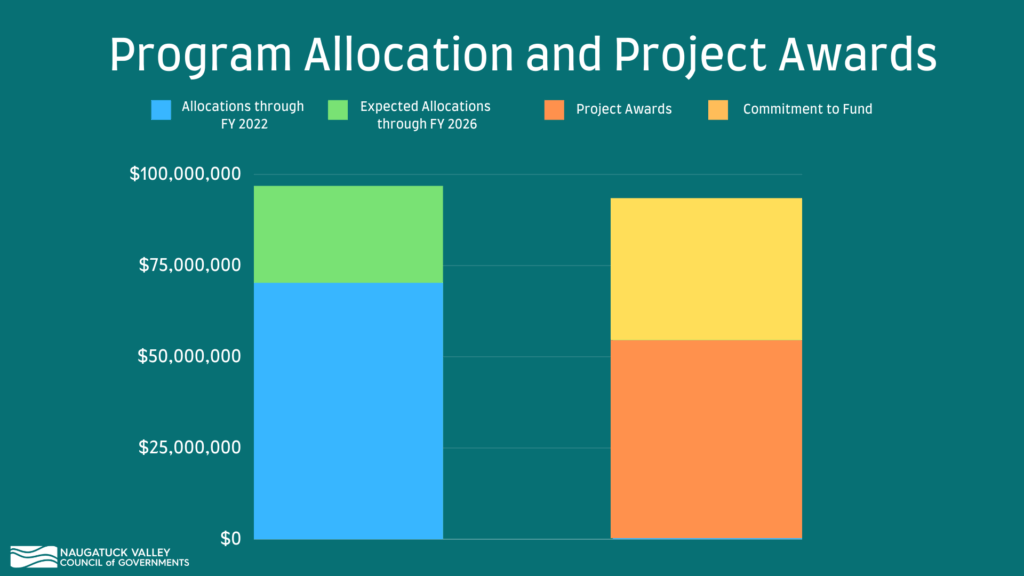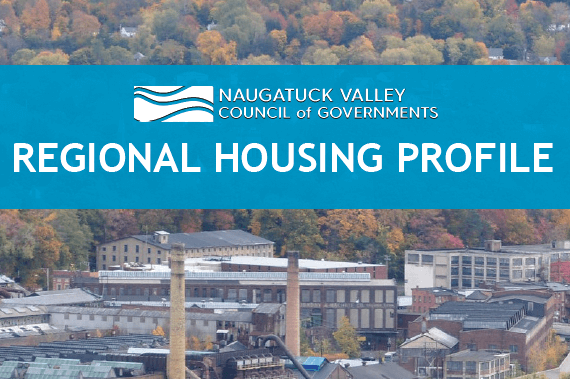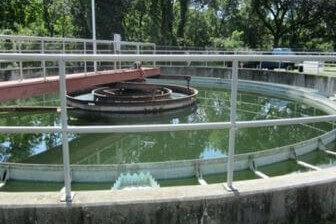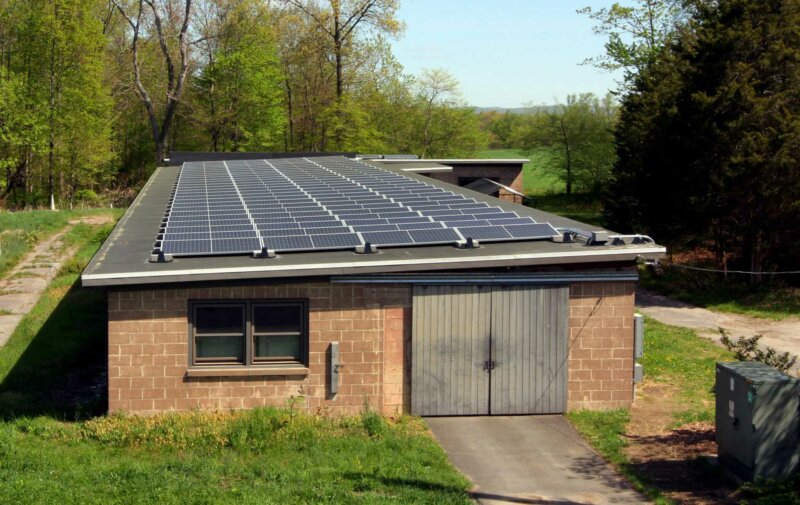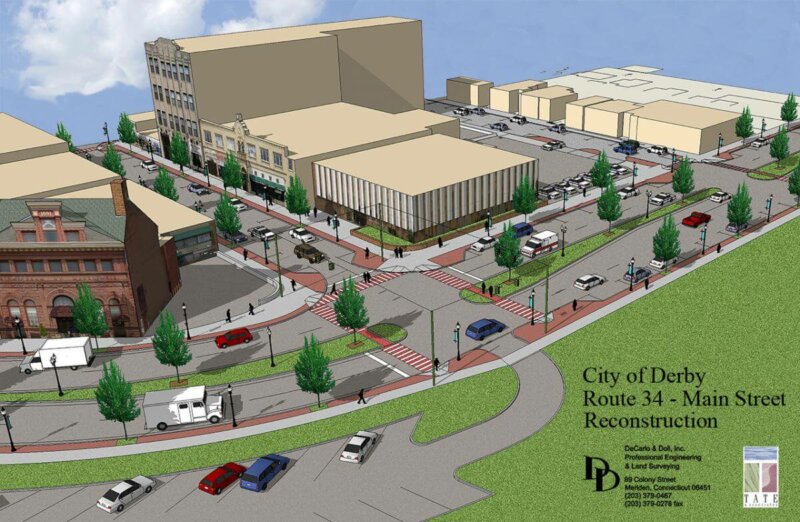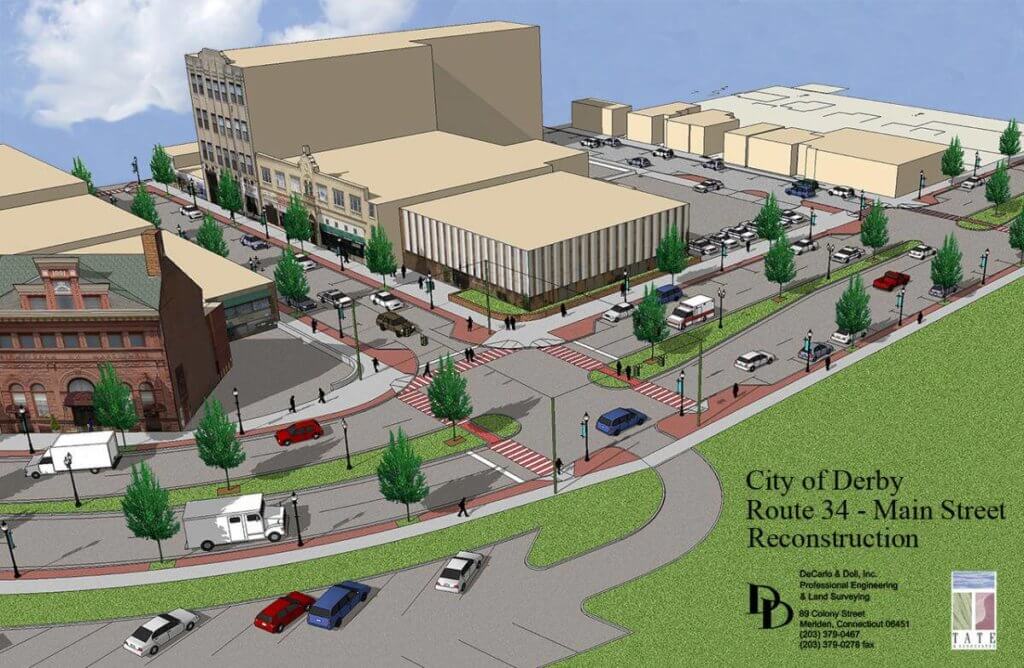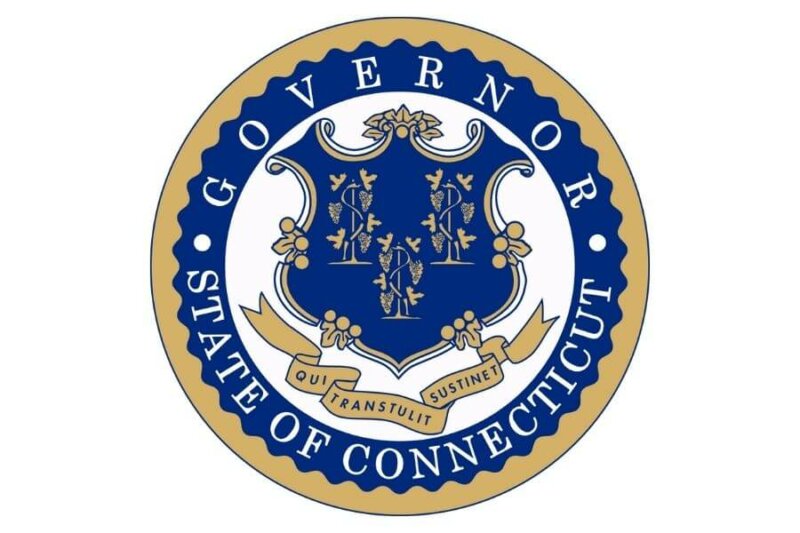View the press release: Governor Lamont Signs Executive Order Directing Connecticut State Agencies To Implement Actions That Reduce Carbon Emissions and Adapt to Climate Crisis
Download the Executive Order: Governor Lamont’s Executive Order No. 21-3
Download the Detailed Summary: Detailed summary of the 23 actions included in Executive Order No. 21-3
——
(HARTFORD, CT) – Governor Ned Lamont today announced that he has signed an executive order (Executive Order No. 21-3) directing Connecticut executive branch state agencies to take significant actions within their authority to reduce carbon emissions and prepare for the impacts of the climate crisis.
Connecticut is increasingly experiencing the effects of the changing climate, and precious little time remains to take action to mitigate the impacts the state will experience in the future. The state’s Greenhouse Gas Inventory Report shows that emissions from the transportation and building sectors are increasing, and that the state is not on track to meet its interim 2030 target. Governor Lamont said the state must take aggressive action where possible within existing authority to reduce carbon emissions, and that is why he is directing a whole-of-government approach in EO 21-3 and calling on the Connecticut General Assembly to authorize expanded investment and decarbonization programs.
“Climate change is here, and it’s only going to get worse if we don’t take meaningful action,” Governor Lamont said. “In September, a bad progress report showed that we’re in danger of missing our statutory greenhouse gas reduction goals, so we need to roll up our sleeves and do the necessary work to improve. That work starts with us in the executive branch, and that’s why I’m directing our state agencies to take these actions for our environment, our public health and safety, and the incredible opportunity before us to develop our green workforce. This executive order not only protects the planet, but also protects vulnerable communities, preserves families’ budgets, and prepares our state to make the most of federal funding for sustainable, resilient infrastructure. I’m grateful to the many experts and advocates who proposed these measures.”
Executive Order No. 21-3 calls for 23 actions, proposed by the Governor’s Council on Climate Change (GC3) in its January 2021 report, that cut across state agencies and sectors in the following areas:
- Buildings and infrastructure;
- Clean transportation;
- Community climate resilience;
- Health, equity, and environmental justice;
- Jobs and the economy; and
- Natural and working lands.
The 23 actions required by the executive order include affordable heating and cooling for Connecticut residents and businesses; building codes; a statewide battery electric bus fleet; shovel-ready resilience projects; regulating emissions from medium and heavy-duty vehicles; and increasing resilience and carbon sequestration in forests and agriculture. It also establishes Connecticut’s first Office of Climate and Public Health, the first Connecticut Equity and Environmental Justice Advisory Council, the first Connecticut Clean Economy Council, and continues the work of the Governor’s Council on Climate Change.
“From our built environment to our natural environment and everything in between, the impacts of the climate crisis are informed by every decision we make, and felt in every aspect of our lives,” Connecticut Department of Energy and Environmental Protection Commissioner Katie Dykes said. “I commend Governor Lamont for taking this action, and thank my colleagues at our sister agencies and all who participated in the Governor’s Council on Climate Change for helping to move these actions forward. These actions, combined with the historic federal infrastructure funding coming to Connecticut, provide us with an extraordinary opportunity to advance equity and environmental justice, clean air, healthier communities, affordable energy, and expanded jobs and economic opportunity, all while reducing planet-warming emissions and making communities more resilient to a changing climate.”
“Transportation is the largest source of greenhouse gas emissions in Connecticut, and the Connecticut Department of Transportation can be the biggest driver to reduce air pollutants,” Connecticut Department of Transportation Commissioner Joseph Giulietti said. “Connecticut families and communities, especially the ones most vulnerable and historically underserved, deserve clean transportation. I commend Governor Lamont for the climate executive order. The DOT will do our part, while listening to and working with our partners in health, and equity and environmental justice, to ensure our efforts have a positive impact on all people.”
“Buildings are a significant source of greenhouse gas emissions in Connecticut,” Connecticut Department of Administrative Services Commissioner Josh Geballe said. “Updating the state building code to account for recent advances in cost-effective, energy-efficient construction techniques and to withstand increased wind and water hazards will save families and businesses money on repairs and on their monthly heating, cooling, and other energy bills. The administration will practice what we preach by making state buildings greener and more resilient.”
“Addressing the effects of climate change and the impacts it has on our working lands and soils in Connecticut is critically important to sustaining our vibrant agricultural industry,” Connecticut Department of Agriculture Commissioner Bryan P. Hurlburt said. “We appreciate the support from across the administration, including Governor Lamont and Commissioner Dykes, as well as the members of the Ag Soils working group on the Governor’s Council on Climate Change who put forward the recommendations to streamline the protection of working lands, enhance renewable energy and energy efficiency programs available to farms and build a sustainable and equitable food system.”
“I am proud to join Governor Lamont and fellow agency heads for today’s announcement,” Connecticut Department of Economic and Community Development Commissioner David Lehman said. “This executive order displays the State of Connecticut’s full commitment to a clean energy economy that will benefit our state residents for generations to come. The Council on Clean Energy and Economy will bring state leaders to the table to ensure our economy is not only thriving, but doing so with a focus on clean energy, sustainability, and equitable opportunity.”
“Climate change is one of my areas of special interest and a strategic initiative that the Department of Public Health will be focusing on,” Connecticut Department of Public Health Commissioner Dr. Manisha Juthani said. “Thanks to a grant from the Centers for Disease Control and Prevention, the Department of Public Health is forming a new Office of Climate and Public Health that will include relationships with several partners throughout the state, including the Yale Center on Climate Change and Health. We will implement actions that enhance health equity, increase resiliency, and ensure that Connecticut communities are prepared for the health impacts of climate change. This office also will focus on those populations most vulnerable to the health effects of climate crisis and address the social determinants of health in the context of climate change.”
“The Connecticut Insurance Department has been focused on the need to address climate change, including through modifying and enhancing building codes to make structures more resilient to damage from storms, wind, fire and floods,” Connecticut Insurance Department Commissioner Andrew N. Mais said. “Mitigation of storm-related risk through investments in damage resilient products and using modern building standards to better withstand a catastrophic event is money well spent.”
“We’re happy to continue as a member of the Governor’s Council on Climate Change and begin a new tenure on the Connecticut Equity and Environmental Justice Advisory Council,” Connecticut Department of Housing Commissioner Seila Mosquera-Bruno said. “As always, we will provide input on how to make housing more energy-efficient and able to withstand the effects that may come along with the natural elements.”
“This executive order is a tremendous step for our state to address climate change and the incredible damage it is doing to our planet,” Office of Policy and Management Secretary Melissa McCaw said. “This is an opportunity for state government to take the lead on this issue that will have generational impact and OPM is honored to take part in these efforts and apply our expertise as needed. Through these initiatives and the hard-work and dedication of staff, we can potentially achieve the real and tangible progress necessary to combat this crisis.”
Summary of Governor Lamont’s Executive Order No. 21-3
Buildings and infrastructure
-
Directs the Connecticut Department of Energy and Environmental Protection (DEEP), in the next Comprehensive Energy Strategy, to identify strategies to provide for more affordable heating and cooling for residents and businesses, reduce greenhouse gas emissions from residential and commercial buildings and industrial processes, and improve the resilience of the state’s energy sector to extreme weather events, fuel commodity price spikes, and other disruptions.
-
Directs the building inspector from the Connecticut Department of Administrative Services (DAS) to make sure Connecticut’s buildings are constructed to be energy efficient and climate resilient through adoption of the 2021 international codes and ensuring reduction in greenhouse gas emissions and the impacts of climate change, including the state sea level rise scenario, are core considerations when amending and adopting the State Building Code.
-
Directs state agencies to strengthen interim targets under the GreenerGov Lead by Example initiative in order to meet the state government goal of 45% emissions reduction by 2030 called for in Governor Lamont’s Executive Order No. 1. Interim targets include implementing the following across state agencies: organics/food waste diversion, purchase 100% zero carbon electricity, lease zero emission light-duty vehicles, plan for retrofit and new construction zero carbon heating and cooling, divest buildings, deploy solar, and reduce greenhouse gas emissions from state buildings.
-
Directs DEEP to establish appliance standards that promote energy conservation and efficiency, provided that the subject appliances remain cost-effective for consumers who purchase and use them.
Clean transportation
-
Directs the Connecticut Department of Transportation (DOT) to cease purchasing or providing state funding to third parties for the purchase of diesel buses by the end of 2023 and create an implementation plan which identifies any barriers to full bus fleet electrification by 2035. It also directs DOT to set a 2030 Vehicle Miles Traveled reduction target.
Community climate resilience
-
Directs DEEP to establish a Connecticut Community Climate Resilience program for plans and project development with 40% of resources targeted at municipalities where vulnerable populations reside. This investment will, among other things, help to identify the pipeline of projects that could obtain federal infrastructure funding. The executive order also directs the department to work with partners to help municipalities and councils of government implement climate resilience actions, including establishing stormwater authorities and municipal climate resilience boards enabled under Public Act 21-115. Additionally, the executive order directs the Connecticut Department of Emergency Services and Public Protection, DEEP, DAS, and the Office of Policy and Management (OPM) to make a list of state and local critical facilities and directs all state agencies to consider this list in their capital and climate resilience planning, especially in floodplains or flood-prone areas.
Health, equity, and environmental justice
-
Directs DEEP to develop a community-based air quality monitoring program, in consultation with the Connecticut Department of Public Health (DPH); directs the department to assess whether Connecticut needs to adopt California’s medium and heavy-duty vehicle emissions standards in order to meet our air quality standards and emissions reduction targets; directs DPH to establish an Office of Climate and Public Health to address the intersection of climate change and health equity; and establishes within DEEP the Connecticut Equity and Environmental Justice Advisory Council, which will advise DEEP on current and historic environmental injustice, and further integrate environmental justice considerations into the programs, policies, and activities of DEEP.
Jobs and the economy
-
Establishes the Connecticut Clean Economy Council to advise the governor on strategies and policies to strengthen the state’s climate mitigation, clean energy, resilience, and sustainability programs by identifying opportunities to leverage state and federal funding and maximize local economic development in clean energy, climate and sustainability; train the workforce in these areas; and support a diverse and equitable economic development and employment. The council will be composed of representatives from the Connecticut Department of Economic and Community Development, OPM, DEEP, DOT, the Office of Workforce Strategy, the Office of the Governor, the Connecticut Green Bank, Connecticut Innovations, and representatives of building trades.
-
Directs DECD to include climate resilience and adaptation in scoring criteria for brownfields grants and new Connecticut Communities Challenge.
Natural and working lands
-
Directs DEEP and the Connecticut Department of Agriculture (DOAG) to engage stakeholders on resources and programs to ensure Connecticut’s forests and farms continue to be resilient to the impacts of climate change and to maximize their potential to sequester and store carbon in support of the state’s emissions reduction goals. These actions will help the state achieve climate-smart agriculture and forestry. It directs DOAG to take action to protect working lands, enhance renewable energy and energy efficiency programs for farms, and partner with state and federal agencies to improve soil health. It also directs state agencies to employ nature-based solutions to improve the resilience of state properties.
Governor’s Council on Climate Change (GC3)
-
Extends the GC3 to require a report on progress under both mitigation and adaptation and resilience planning in sections 4 and 5 of Executive Order No. 3 by December 31, 2022, and December 31 every year thereafter.
The actions taken in the executive order build on the extensive steps the Lamont administration has taken to date to address the climate crisis, starting with Governor Lamont’s first executive order – Executive Order No. 1 – which directs executive branch state agencies to recommit to and expand the state’s Lead by Example program to reduce energy use, water, waste, and greenhouse gas emissions while lowering operating costs in state government facilities and operations. According to the 2021 GreenerGov Progress Report, these agencies implemented more than 90 sustainability projects, policy changes, and initiatives between 2020 and 2021, even despite the impact of the COVID-19 pandemic. These projects are expected to reduce greenhouse gas emissions by 10,236 metric tons and save $1.7 million in annual utility costs.
Governor Lamont continued to take action through Executive Order No. 3, which expanded the scope and responsibilities of the GC3 to include both oversight of mitigation of carbon emissions and climate change adaptation and resilience, as well as charged the Department of Energy and Environmental Protection with identifying pathways to achieving a 100% zero carbon electric sector by 2040.
The Lamont administration has also directed the largest purchase of renewable energy in the state’s history with the 804 MW Park City Wind project.

